Fall Soil Amendments: The Ultimate Guide To Preparing Your Soil For Next Season
Title: Fall Soil Amendments: The Ultimate Guide to Preparing Your Soil for Next Season
Introduction:
Fall is a great time to prepare your soil for next season. By adding soil amendments, you can improve the fertility, structure, and drainage of your soil, which will lead to healthier and more productive plants in the spring.
In this blog post, we will discuss the benefits of fall soil amendments, as well as some of the most common and effective amendments to use. We will also provide some tips on how to apply soil amendments correctly.
Benefits of Fall Soil Amendments:
There are many benefits to adding soil amendments in the fall. Here are a few of the most important:
- Improved fertility: Soil amendments can add essential nutrients to the soil, which will help your plants grow strong and healthy.
- Improved structure: Soil amendments can help to improve the structure of the soil, making it easier for water and air to penetrate. This will help to prevent problems such as waterlogging and compaction.
- Improved drainage: Soil amendments can help to improve the drainage of the soil, which will help to prevent root rot and other diseases.
- Increased organic matter: Soil amendments can help to increase the amount of organic matter in the soil, which is essential for healthy plant growth.
Common Soil Amendments:
There are many different soil amendments that you can use, but some of the most common and effective include:
- Compost: Compost is a great all-purpose soil amendment that can improve the fertility, structure, and drainage of the soil.
- Manure: Manure is another great soil amendment that can provide essential nutrients to the soil.
- Leaf mold: Leaf mold is a type of compost that is made from leaves. It is a good source of organic matter and can help to improve the drainage of the soil.
- Peat moss: Peat moss is a lightweight soil amendment that can help to improve the drainage and water retention of the soil.
- Lime: Lime is used to raise the pH of the soil. It is important to test the pH of your soil before adding lime, as too much lime can be harmful to plants.
How to Apply Soil Amendments:
The best way to apply soil amendments will vary depending on the type of amendment you are using. However, here are some general tips:
- Work the amendments into the soil at least 6 inches deep.
- Apply the amendments evenly.
- Water the soil thoroughly after applying the amendments.
Conclusion:
Fall soil amendments are a great way to improve the quality of your soil and prepare for a successful gardening season next year. By following the tips in this blog post, you can ensure that your soil is getting the nutrients and amendments it needs to support healthy plant growth.
Fall is a great time to amend your soil in preparation for spring planting. By adding organic matter to your soil, you can improve drainage, aeration, and water retention. This will help your plants grow healthier and stronger.
There are many different types of soil amendments that you can use in the fall. Some popular options include compost, manure, peat moss, and wood chips. You can also add in some slow-release fertilizer to give your plants a boost of nutrients.
If you're not sure what type of soil amendment is right for your garden, you can visit Home Gardening for more information. They have a comprehensive guide to fall soil amendments that will help you choose the right products for your needs.
FAQ of fall soil amendments
Q: Why is fall the best time to amend soil?
A: The best time to amend soil is in the fall because the winter gives time for soil microbial life to break down organic matter and digest other minerals, making them available to the plants. This process is called mineralization, and it's essential for healthy soil.
Q: What are some good soil amendments to use in the fall?
A: Some good soil amendments to use in the fall include:
- Compost: Compost is a great all-purpose amendment that adds organic matter, nutrients, and beneficial bacteria to the soil.
- Manure: Manure is another good option for adding organic matter and nutrients to the soil.
- Sand: Sand can help to improve drainage and aeration in heavy clay soils.
- Perlite: Perlite is a lightweight mineral that can help to improve drainage and aeration in compacted soils.
- Peat moss: Peat moss is a good source of organic matter and helps to retain moisture in the soil.
Q: How do I mix soil amendments into my soil?
A: To mix soil amendments into your soil, you'll need to break up the ground with a shovel or tiller. Then, add the amendments one at a time, and mix them in thoroughly. You can use a garden fork or a rake to help you mix the amendments evenly.
Q: How much soil amendment should I use?
The amount of soil amendment you need to use will depend on the type of soil you have and the plants you're growing. In general, you'll want to add about 2-4 inches of soil amendment to your soil.
Q: When should I apply soil amendments?
The best time to apply soil amendments is in the fall. This gives the soil microbial life time to break down the organic matter and make the nutrients available to the plants in the spring.
Q: What are the benefits of amending soil in the fall?
There are many benefits to amending soil in the fall, including:
- Improved drainage and aeration
- Increased water retention
- Added nutrients
- Improved soil structure
- Increased microbial activity
- Enhanced plant growth
Q: What are the risks of not amending soil in the fall?
If you don't amend your soil in the fall, you may experience some of the following problems:
- Poor drainage
- Compacted soil
- Nutrient deficiencies
- Poor plant growth
Image of fall soil amendments
- Compost: Compost is a great way to improve the drainage, aeration, and water retention of your soil. It also adds organic matter, which helps to feed your plants.
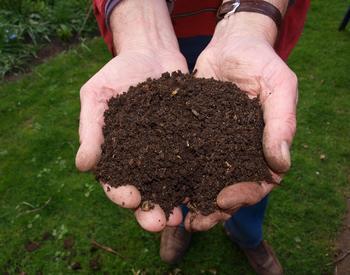
- Leaf mold: Leaf mold is another great organic amendment that can improve the structure and fertility of your soil. It is made from decaying leaves and other plant matter.

- Peat moss: Peat moss is a good choice for improving the drainage and aeration of clay soils. It also helps to retain moisture.
- Vermicompost: Vermicompost is a type of compost that is made by worms. It is very high in nutrients and beneficial microbes.
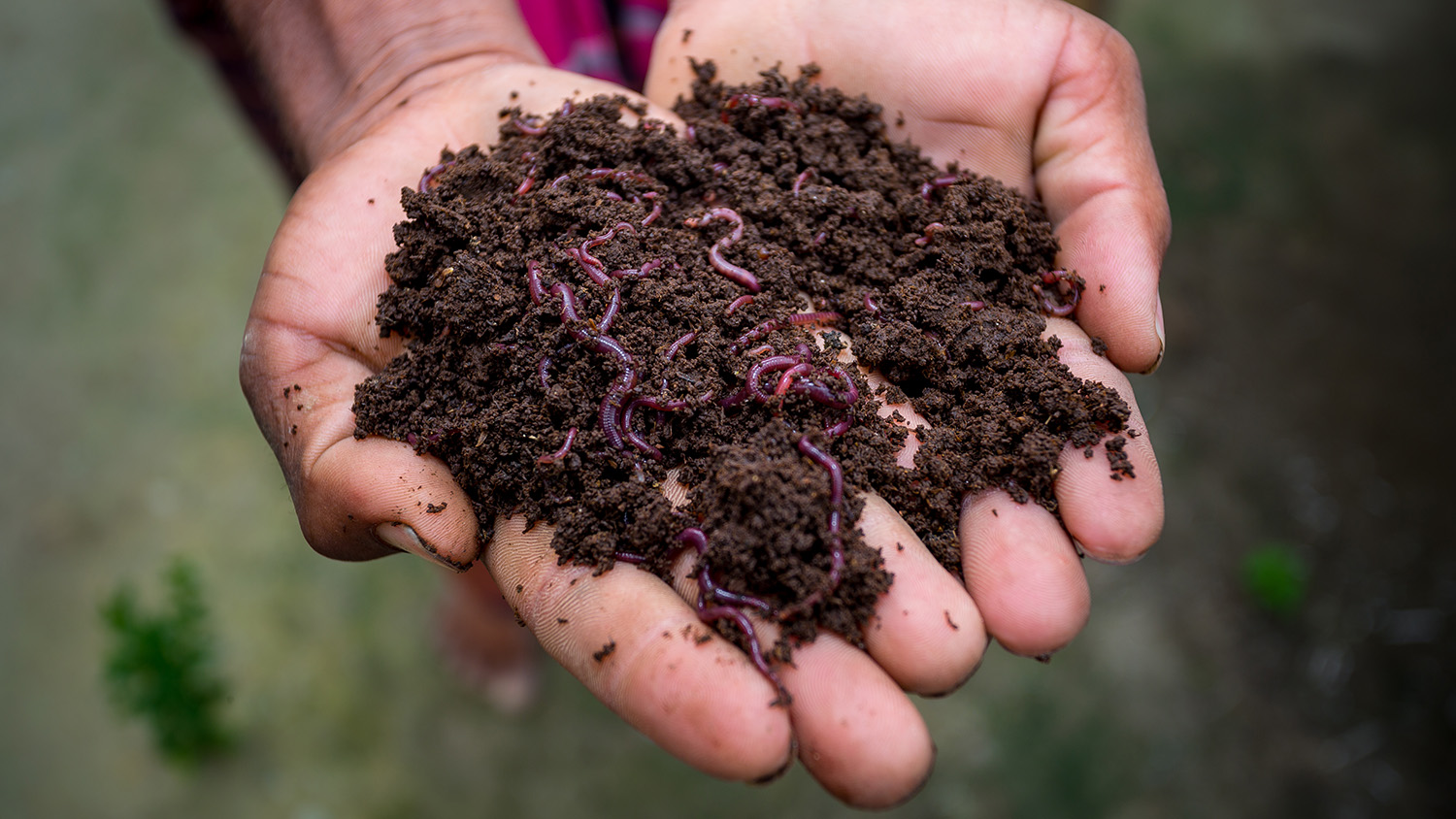
- Manure: Manure is a good source of nitrogen, phosphorus, and potassium. It can be used to improve the fertility of your soil.

- Wood chips: Wood chips are a good way to improve the drainage and aeration of your soil. They also help to retain moisture.
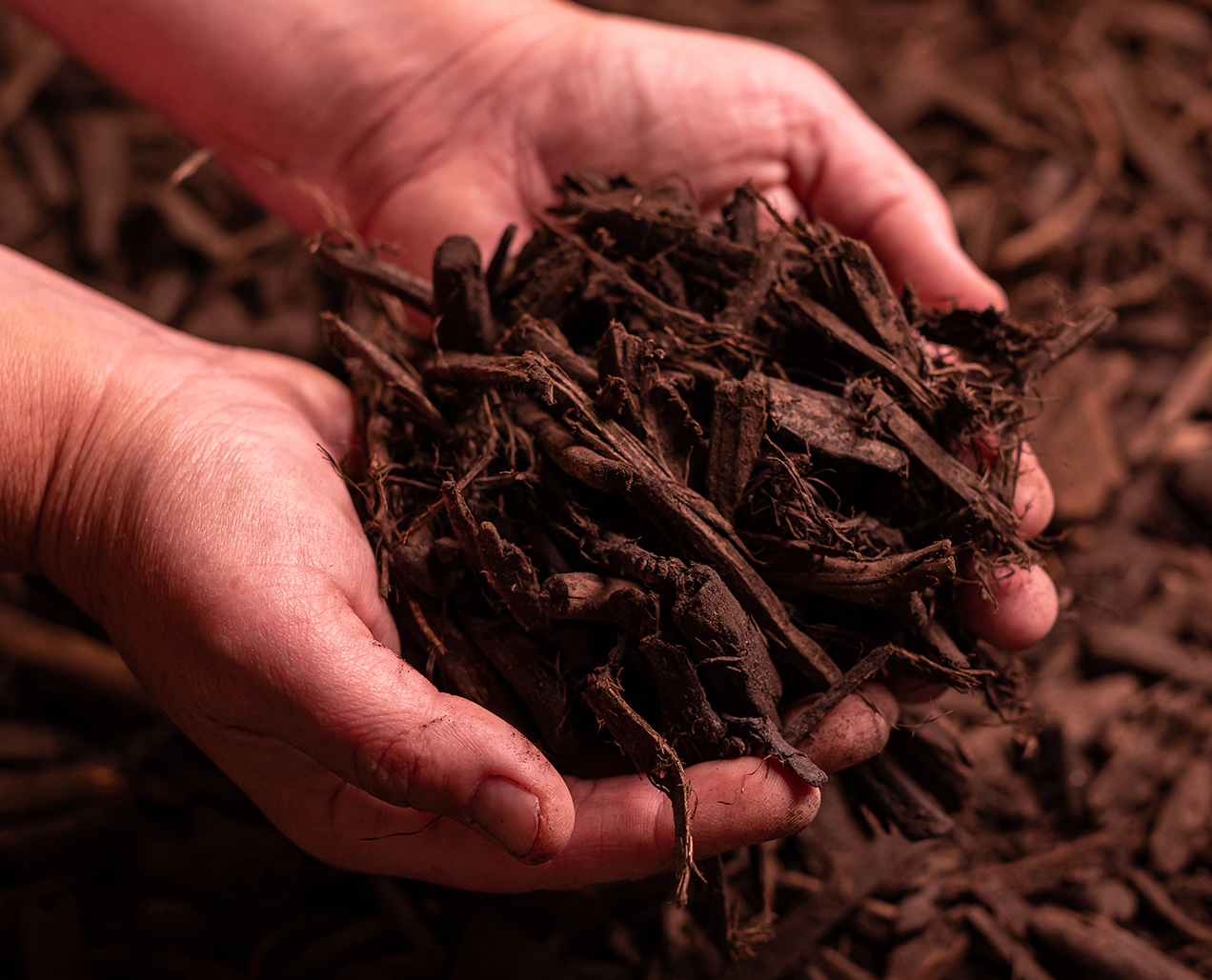
- Sand: Sand can be used to improve the drainage of clay soils. It also helps to add air to the soil.
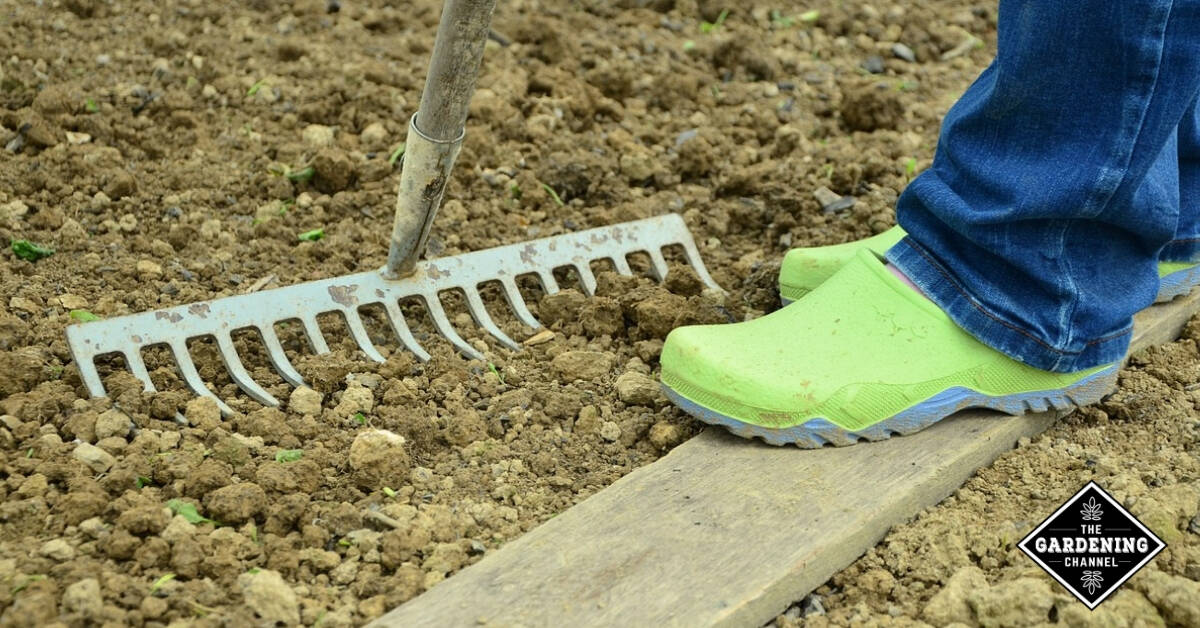
- Gravel: Gravel can be used to improve the drainage of clay soils. It also helps to add air to the soil.
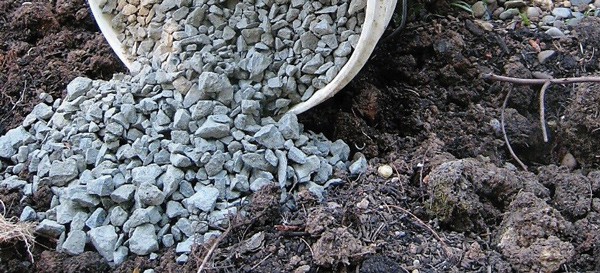
- Gypsum: Gypsum is a good way to improve the pH of your soil. It can also help to improve the drainage of clay soils.

Post a Comment for "Fall Soil Amendments: The Ultimate Guide To Preparing Your Soil For Next Season"